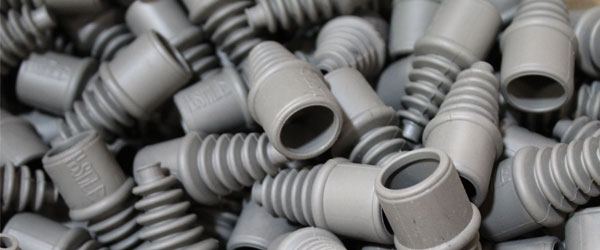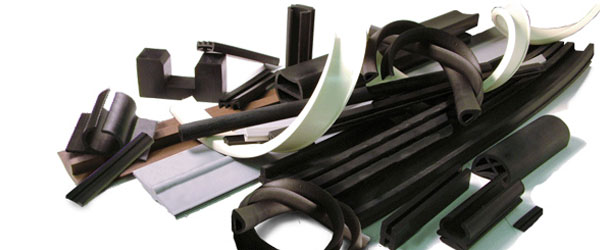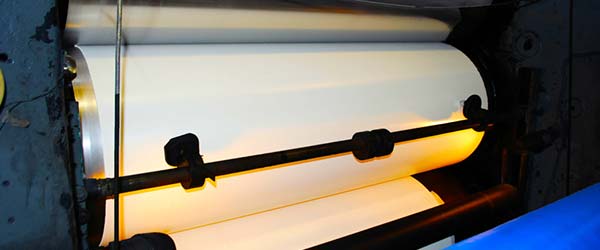Sulfur level and pH are important factors in the production of rubber compounds that contain carbon black. Carbon black is commonly used as a reinforcing filler in rubber compounds to improve their strength, stiffness, and abrasion resistance. Here’s how sulfur level and pH affect carbon black in rubber compounds:
Sulfur level: The level of sulfur in a rubber compound can have a significant impact on the properties of carbon black. Sulfur is typically added to rubber compounds as a vulcanizing agent to crosslink the rubber molecules and form a solid, durable material. However, excessive levels of sulfur can cause degradation of carbon black, resulting in a reduction in its reinforcing properties. This is because sulfur can react with the surface groups on carbon black, reducing the amount of available surface area for interaction with the rubber matrix. Therefore, it is important to maintain the proper sulfur level in rubber compounds to ensure optimal performance of the carbon black.
pH: The pH of carbon black can also affect its performance in rubber compounds. Carbon black is typically produced by the incomplete combustion of hydrocarbons, resulting in a highly acidic material with a pH in the range of 2-4. If carbon black with a low pH is used in rubber compounds, it can react with the basic ingredients in the rubber, such as the accelerators and curatives, leading to premature vulcanization and reduced properties. Therefore, it is important to adjust the pH of carbon black to a more neutral level before incorporating it into rubber compounds. This can be done by treating the carbon black with a base, such as sodium hydroxide or ammonia, to neutralize the acidic groups on the surface of the particles.
In summary, sulfur level and pH are important considerations in the production of rubber compounds that contain carbon black. Proper control of these factors can help to ensure optimal performance of the carbon black and the final rubber product.
 (909) 987-1774
(909) 987-1774 Email Us
Email Us







